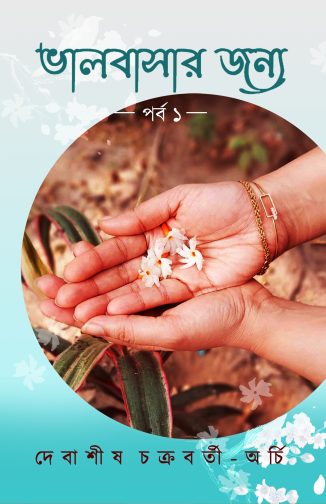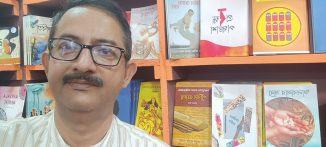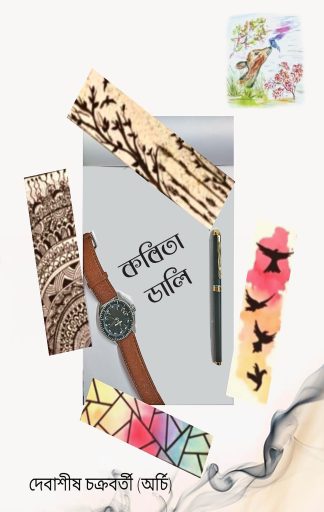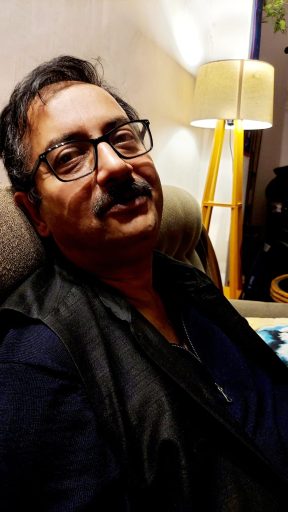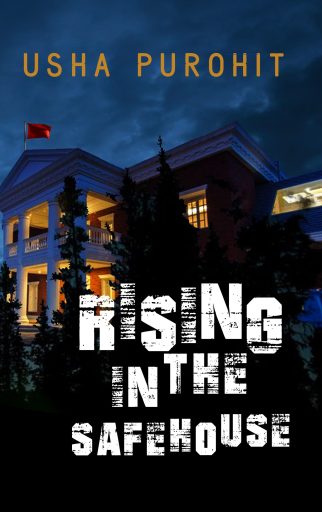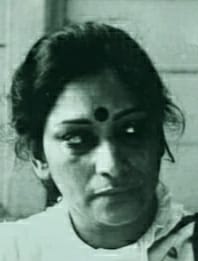Interview with Dr. Dibyajit Mukherjee: Exploring Parallels Between Dalit and African American Literature in Groundbreaking Comparative Study
1. What inspired you to draw a comparative framework between Dalit and African American literature, and what challenges did that entail?
My M. Phil thesis was about Amiri Baraka, the communist poet and playwright. While reading about his life I had got to know about the Black Panther Party and then when I began to research more on the Black Panther Party, I saw that this party was also the source of inspiration behind the Dalit Panther Party in India. This made me delve more into Dalit movements in India and I came across the correspondences between Dr Ambedkar and Dr W. E.B. DuBois, both showing interest in the African American and Dalit emancipation struggles. This made me draw a comparative framework between these two genres of Literature. It was quite challenging as reading
materials were very hard to find. I’m indebted to many booksellers of College Street, American Library, Bahujan Bookstore and Ferris State University Michigan.
2. In your view, how do literature and storytelling function as tools of resistance in both Dalit and African American contexts?
Without the treacherous capitalist project of the Trans-Atlantic Slave Trade, there wouldn’t have been any identity known as African Americans. These were people who were forced to arrive in an alien land, learn an alien language and sold as commodities by a violent erasure of their native history. So when these people speak out, the act of speaking or for that matter writing, itself becomes a revolutionary moment. It helps us to view American History as most of the American marketing is done in a very benign manner, representing the USA as a beacon of freedom. However, African American Literature helps us see the darker aspects and makes one question the so called “oldest democracy.” In this sense it is an act of resistance. It is the same with Dalit Literature. This genre makes us question whether a large section of the people in India will ever receive the dignity of a human being. Even today Dalit
atrocities are on the rise. Who knows when the next Hathras might happen and who can say with 100% accuracy that there won’t be any more Surekha Bhotmanges. Hence both Dalit and African Ameircan Literatures are acts of resistance against a coercive hegemony.
3. You discuss both similarity and divergence—could you share one striking parallel and one key difference between the two literary traditions?
When Martin Luther King Junior had visited Kerala in the year 1959, the principal of a school for Scheduled Castes had introduced him to the children as “a fellow untouchable from America”. Although King was flabbergasted at first, he realised that both sections of people had some commonalities. The similarity lies in the fact that both Dalit people and African American people in the USA have been exposed to malicious inhumanity and have face abominable humiliations by the narrative of Brahminical and White supremacist hegemony. The difference however is that while Dalits, the people oppressed by the Chatur Varna Structure of the Brahminic narrative, the people categorised as SC, ST, OBC make up majority of the people in the “Hindu” society, African Americans on the other hand are a minority in the United States of America. They were kidnapped and forcibly brought to America, whereas the history of the varna system dates to the coming of Eurasian people from the Central Asian Steppe region. The Dalit Bahujan people were not abducted from a different land and brought here but genetic studies have proved that most of them belonged to the subcontinent.
4. How does your background in critical theory influence the way you approached the themes of othering and alienation in this book?
Without a background in critical theory, it would have been an uphill task. By the help of analytical research methodology, I have shown the politics of othering and alienation in suppressing Dalit and African American people. A dialectical materialist approach was also used in approaching the texts and by the help of a Trotskyist critique of Stalinism, I have also deconstructed or shown the aporias in many poets who have practiced class collaborationism and moved away from revolutionary praxis.
5. What role do authors like Amiri Baraka or B.R. Ambedkar play in your analysis, and how do they shape the politics of their respective literatures?
Amiri Baraka’s works are very important to highlight the politics of
alienation. It was Baraka’s struggle with white supremacy that made him erase his white name LeRoi Jones and embrace his new identity- Amiri Baraka. The personal is political in both the life of a Dalit and African American. Ambedkar’s works on deconstructing Brahminism has also played a huge part in my analysis. Without their literary endeavours and political struggles, this work would have been incomplete. Both are towering figures in their respective fields. One cannot speak about Dalit Literature and the Black Arts Movement without mentioning the names of Ambedkar and Baraka.
6. You frame the book as a gesture of solidarity—how do you see this intellectual bridge impacting future discourse or activism across these communities?
The gesture of solidarity in my book is both symbolic and strategic. By juxtaposing Dalit and African American literary traditions, I aim to create a dialogic space where shared experiences of caste and racial subjugation can inform one another. This bridge, I believe, opens up a new vocabulary of resistance—one that moves beyond national boundaries. It encourages future scholars, activists, and artists to think in terms of comparative marginalities
and collaborative futures. If solidarity begins with recognition, then literature provides the most humane and enduring medium for that recognition to take root.
7. How does contemporary literature from Dalit and African American writers build on or depart from the legacy of earlier writers in these traditions?
Contemporary writers in both traditions carry forward the torch of protest, but they also complicate and expand the discourse. Earlier Dalit and African American literature often emerged from the urgency of survival and assertion of identity—think of Ambedkar “Annihilation of Caste” or Frederick Douglass’s narratives. Today’s writers, while rooted in that legacy, interrogate newer forms of exclusion—structural, psychological, and even algorithmic. Writers like Yashica Dutt or Ta-Nehisi Coates aren’t just narrating pain; they are
theorizing it, politicizing it, and reimagining liberation in intimate and intersectional ways.
8. In light of global movements like Black Lives Matter and Dalit Lives Matter, how do you think your book contributes to current socio-political dialogues?
My book contributes to these movements by offering a literary and intellectual scaffold to understand their interconnectedness. While Black Lives Matter and Dalit Lives Matter have grown in different socio-political ecosystems, they echo a similar grammar of historical injustice, police/state violence, and epistemic erasure. Literature, in this context, becomes a soft archive of resistance. My comparative analysis aims to give these movements a shared
discursive space—where strategies, metaphors, and even failures can be studied across borders.
9. Given your interdisciplinary expertise—from literature to management—did any surprising insights emerge while working on this deeply political book?
Absolutely. One insight that surprised me was how systems of oppression often mirror management structures—hierarchies, gatekeeping, performance metrics, and tokenism. My background in literature and teaching in management college for 5 years from 2014-2019, made me attentive to these patterns, especially within institutions that claim to be inclusive.
At the same time, literature exposed the affective and ethical failures of such structures. The interdisciplinary lens allowed me to read protest not only as an emotional outburst but also as a carefully organized, even “managed” phenomenon—one that requires vision, leadership, and strategy.
10. What would you like readers, especially younger scholars, to take away from your work in terms of literary engagement and social consciousness?
I want them to see literature not as a passive reflection of society but as an active force that shapes it. Dalit and African American literatures are not just repositories of suffering—they are blueprints for justice, dignity, and imagination. I hope younger scholars learn to read closely, think comparatively, and act responsibly. More importantly, I want them.

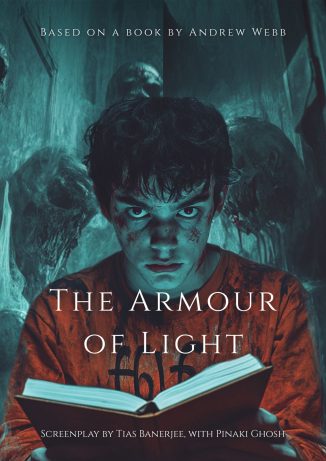 paranormal to a different level. Set to a realistic tone the film will take a subtle approach, but not disappointing when it comes to scary moments. When Natalie, her husband Steve and son Alex move into a new house in a quaint British town, little do they know that the house has an entity that listens to them. On walking in they can feel the stale air has something unusual about it. Little paranormal occurrences lead to bigger, more dangerous occurrences. We get a glimpse of the evil history of the house and the secret society that used the house in the past. Even pulling down the old house did not end the entity, and it passed on to the new house that came up on the same land. The tragic incidents lead to deaths, but is Alex able to break free from the net and come out safely? That is a question that only the viewers will find out. The film is in pre-production.
paranormal to a different level. Set to a realistic tone the film will take a subtle approach, but not disappointing when it comes to scary moments. When Natalie, her husband Steve and son Alex move into a new house in a quaint British town, little do they know that the house has an entity that listens to them. On walking in they can feel the stale air has something unusual about it. Little paranormal occurrences lead to bigger, more dangerous occurrences. We get a glimpse of the evil history of the house and the secret society that used the house in the past. Even pulling down the old house did not end the entity, and it passed on to the new house that came up on the same land. The tragic incidents lead to deaths, but is Alex able to break free from the net and come out safely? That is a question that only the viewers will find out. The film is in pre-production.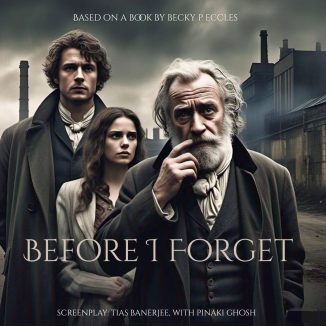
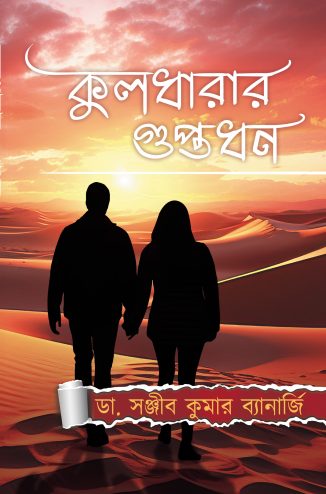
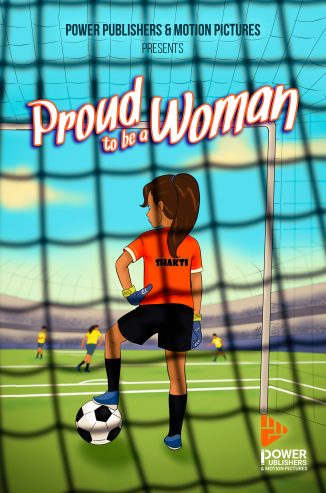
 Kolkata, 9 August, 2024: An upcoming film Proud to be a Woman is aimed at teenage girls providing answers to their many questions related to puberty, which they are hesitant to ask elders. The filming of Proud to be a Woman was completed in July 2024, and is in post-production. It is likely to be released in September 2024. The film is an adaptation of a book of the same title, authored by Anamika Kamboj. The film is produced by the author, Anamika Kamboj and presented by Canvasque Studio & Production and Power Publishers & Motion Pictures.
Kolkata, 9 August, 2024: An upcoming film Proud to be a Woman is aimed at teenage girls providing answers to their many questions related to puberty, which they are hesitant to ask elders. The filming of Proud to be a Woman was completed in July 2024, and is in post-production. It is likely to be released in September 2024. The film is an adaptation of a book of the same title, authored by Anamika Kamboj. The film is produced by the author, Anamika Kamboj and presented by Canvasque Studio & Production and Power Publishers & Motion Pictures.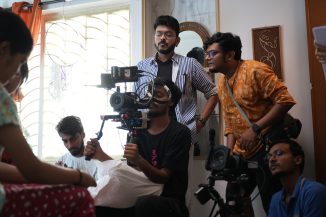

 Biography is one of the toughest books to write and can get overwhelming when you try to capture the journey of your entire life. A book about a life’s journey, struggles, and achievements written by a biographer is called a biography, while one written by the person whose journey it is, is called an autobiography. A biography is written in 3rd person, while an autobiography is written in first person. The myth is that a biography or autobiography is written for celebrities. The truth is that a biography or autobiography can be and should be written for anyone whose journey from rags to riches or from struggles to achievements can inspire new generations. You can Hire a biography writer or a ghostwriter biographer to get a biography or autobiography written.
Biography is one of the toughest books to write and can get overwhelming when you try to capture the journey of your entire life. A book about a life’s journey, struggles, and achievements written by a biographer is called a biography, while one written by the person whose journey it is, is called an autobiography. A biography is written in 3rd person, while an autobiography is written in first person. The myth is that a biography or autobiography is written for celebrities. The truth is that a biography or autobiography can be and should be written for anyone whose journey from rags to riches or from struggles to achievements can inspire new generations. You can Hire a biography writer or a ghostwriter biographer to get a biography or autobiography written.